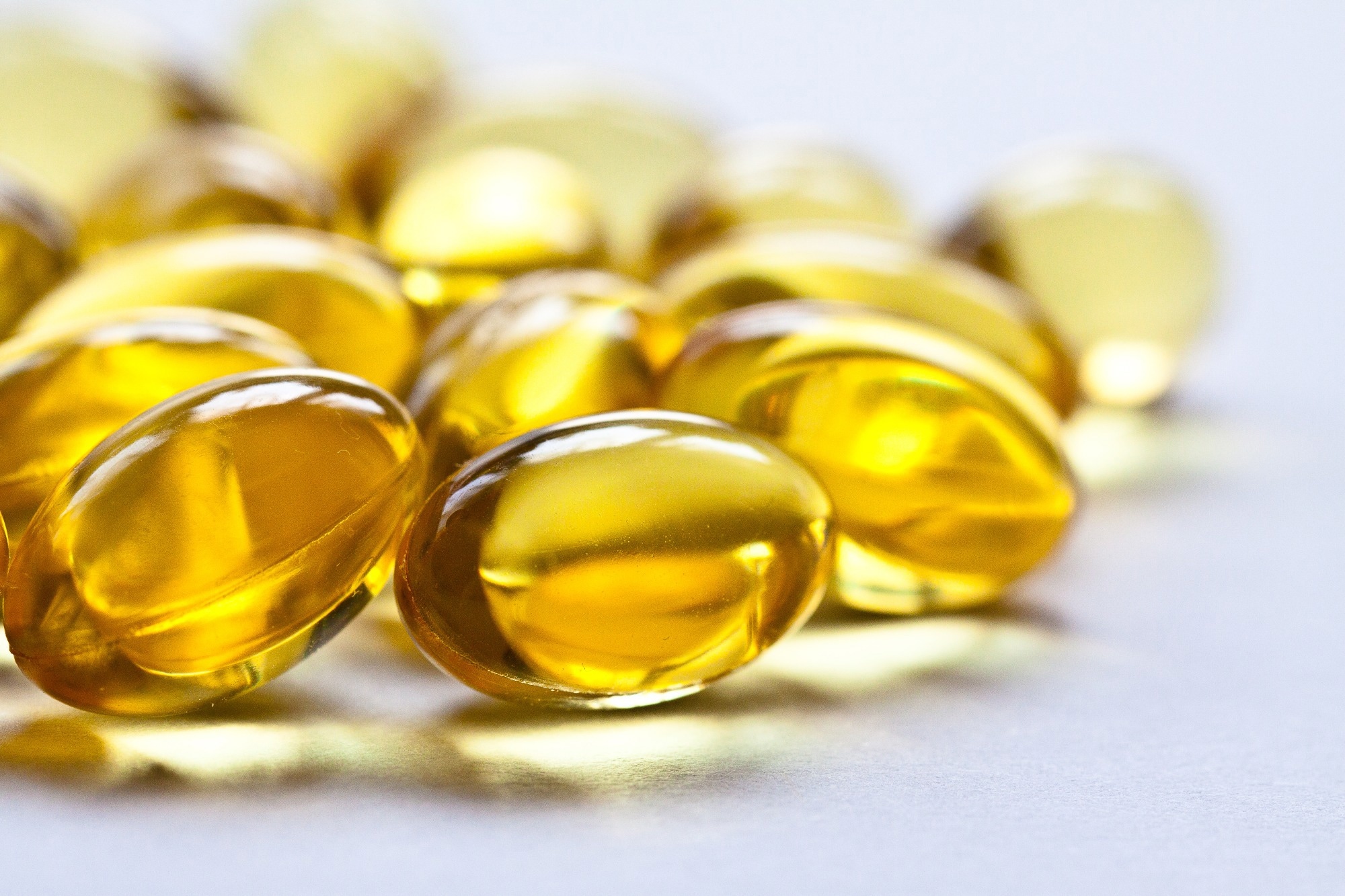A recent study published in JAMA Network Open examines the effects of supplementing vitamin D3 in the first two years of life on psychiatric symptoms.
 Study: Effect of Vitamin D 3 Supplementation in the First 2 Years of Life on Psychiatric Symptoms at Ages 6 to 8 Years: A Randomized Clinical Trial. Image Credit: R_Szatkowski / Shutterstock.com
Study: Effect of Vitamin D 3 Supplementation in the First 2 Years of Life on Psychiatric Symptoms at Ages 6 to 8 Years: A Randomized Clinical Trial. Image Credit: R_Szatkowski / Shutterstock.com
Vitamin D and neurodevelopment
In addition to its significant role in skeletal health, vitamin D also plays a vital role in neurodevelopment. Experimental studies link vitamin D deficiency to abnormal development of the brain. Several observational studies suggest lower vitamin D levels in childhood are associated with attention-deficit/hyperactivity disorder and autism spectrum disorder.
Moreover, lower vitamin D levels have been linked to increased depressive symptoms, as well as internalizing and externalizing problems later in childhood. Previously, the authors of the current study conducted a randomized clinical trial and found no benefits associated with higher vitamin D3 supplementation in children aged two or younger on developmental milestones, competencies, as well as externalizing, internalizing, or dysregulation problems relative to standard supplementation.
About the study
In the present study, researchers examined the effects of vitamin D3 supplementation in the first two years of life on psychiatric symptoms between six and eight years of age. This was a follow-up study of the aforementioned trial, which initially enrolled 495 male and 492 female infants of Northern European ancestry between January 2019 and June 2014. Each child was randomized to receive 400 IU or 1,200 IU of vitamin D3 from two weeks to two years of age.
Children received five drops of the supplement every day. Questionnaires were used to obtain parental demographic, lifestyle, and health data.
Hospital records were accessed for gestational, delivery, and child demographic data. Maternal sera were collected during routine follow-up visits between six and 27 gestational weeks. Child serum samples were obtained at ages one and two, with all serum samples analyzed for 25-hydroxyvitamin D (25(OH)D) levels.
Over 55% of families participated in this follow-up investigation, which began in November 2019. Families completed questionnaires on cognitive and psychological outcomes.
Psychiatric symptoms were assessed using the child behavior checklist (CBCL) questionnaire. The composite scores of parent-reported total, internalizing, and externalizing problems were computed.
Logistic and linear regression analyses examined group differences in psychiatric problems. Supplementary analyses evaluated associations between one- or two-year 25(OH)D levels and psychiatric outcomes. Children were stratified by maternal 25(OH)D levels to test the interactions between prenatal vitamin D levels and supplementation.
Study findings
A total of 346 children with a mean age of 7.1 years were included in this follow-up investigation, including 177 children in the 1,200 IU vitamin D intervention arm.
Significantly higher 25(OH)D levels were observed in the 1,200 IU group at one- and two years than in the 400 IU group. Twenty children in the 400 IU group and 10 in the 1,200 IU group had clinically significant internalizing problems.
Externalizing problems were reported for 16 children in each intervention arm. Nine and eight children in the 400 IU and 1,200 IU groups had total problems, respectively. Sensitivity analyses restricted to 318 children with the Center for Epidemiologic Studies Depression Scale (CES-D) scores reproduced similar findings.
There was no effect of supplementation on total and externalizing problems. Higher concentrations of 25(OH)D at age one or two resulted in a reduced risk for internalizing problems and lower internalizing problem scores in the crude model.
After adjusting for sex, maternal depressive symptoms, single parental status, and birth season, the effect of two-year 25(OH)D levels was unchanged. However, the effect of one-year 25(OH)D levels on internalizing problem scores was attenuated.
There was no effect of one- or two-year 25(OH)D levels on total and externalizing problems. Ninety-six mothers had less than 30 ng/ml 25(OH)D. Maternal 25(OH)D levels did not affect psychiatric problems in children.
The risk of internalizing problems was lower among children in the 1,200 IU treatment group with maternal concentrations of 25(OH)D less than 30 ng/ml than those in the 400 IU arm with maternal 25(OH)D levels lower than 30 ng/ml.
Conclusions
The study observed a 5.6% and 11.8% prevalence of internalizing problems in children who received higher and standard vitamin D supplementation, respectively. There were no differences in total and externalizing problems.
Internalizing problem scores were significantly higher for children with standard supplementation and maternal 25(OH)D levels less than 30 ng/ml than children with higher supplementation irrespective of maternal 25(OH)D concentrations. Taken together, the study findings indicate that the risk of internalizing problems between six and eight years of age was reduced with higher vitamin D supplementation.
- Sandboge, S., Räikkönen, K., Lahti-Pulkkinen, M., et al. (2023). Effect of Vitamin D 3 Supplementation in the First 2 Years of Life on Psychiatric Symptoms at Ages 6 to 8 Years: A Randomized Clinical Trial. JAMA Network Open. doi:10.1001/jamanetworkopen.2023.14319
Posted in: Child Health News | Medical Science News | Medical Research News | Medical Condition News
Tags: Autism, Brain, Children, Clinical Trial, Depression, Hospital, Hyperactivity, Prenatal, Vitamin D, Vitamin D Deficiency

Written by
Tarun Sai Lomte
Tarun is a writer based in Hyderabad, India. He has a Master’s degree in Biotechnology from the University of Hyderabad and is enthusiastic about scientific research. He enjoys reading research papers and literature reviews and is passionate about writing.
Source: Read Full Article
